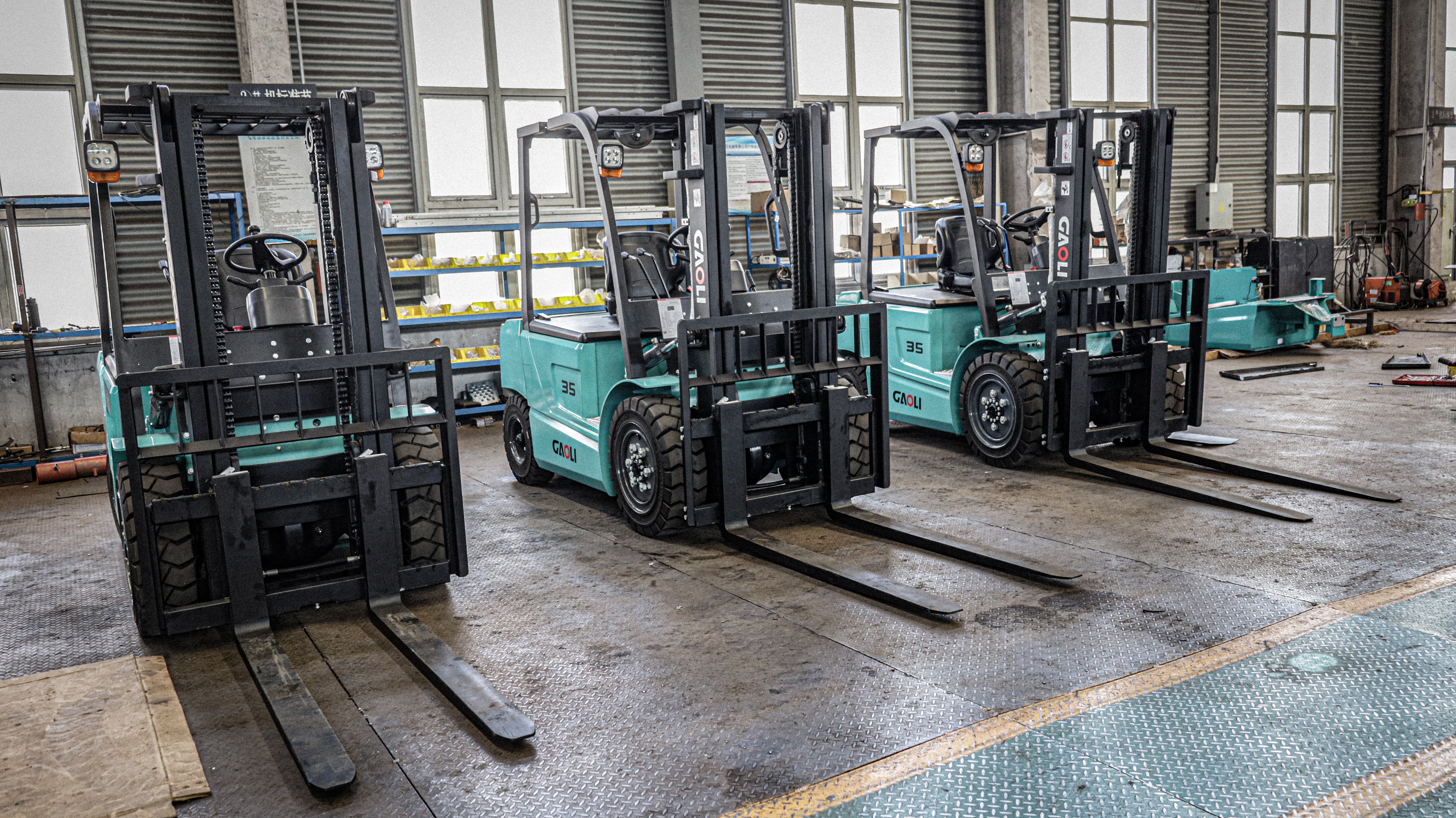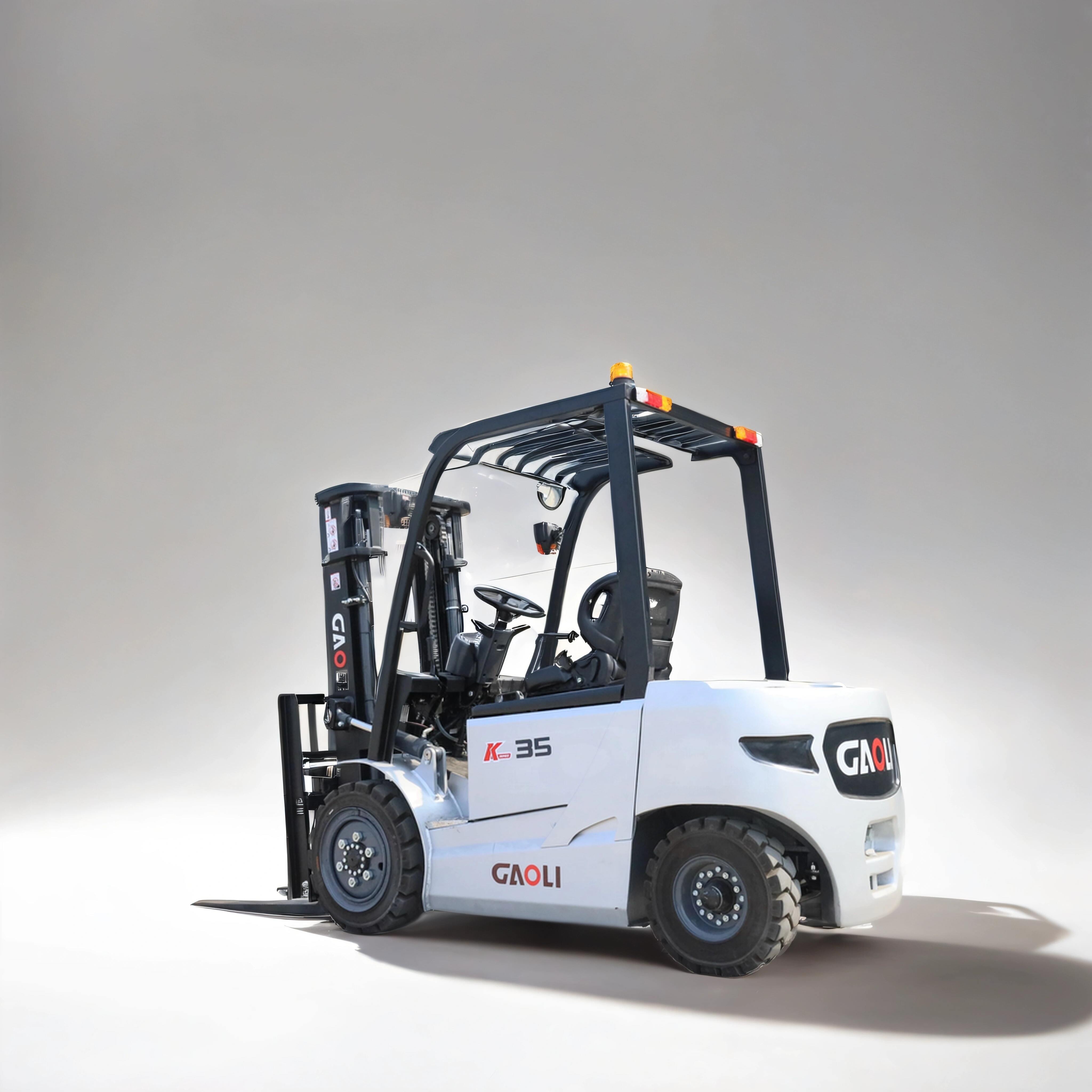forklift truck
The forklift truck is an essential piece of material handling equipment designed to lift and transport heavy goods within a warehouse or industrial setting. Its main functions include lifting, lowering, and moving materials across short distances. Typically powered by electricity, diesel, or gas, these robust vehicles are equipped with two pronged forks on the front that can be inserted beneath the load to be lifted. Technological features of modern forklift trucks include advanced hydraulic systems for smooth lifting, precise controls for maneuverability, and various safety features such as tilt sensors and overhead guards. Forklift trucks find applications across numerous industries including manufacturing, logistics, retail, and construction, where they are indispensable for efficient material handling and inventory management.


